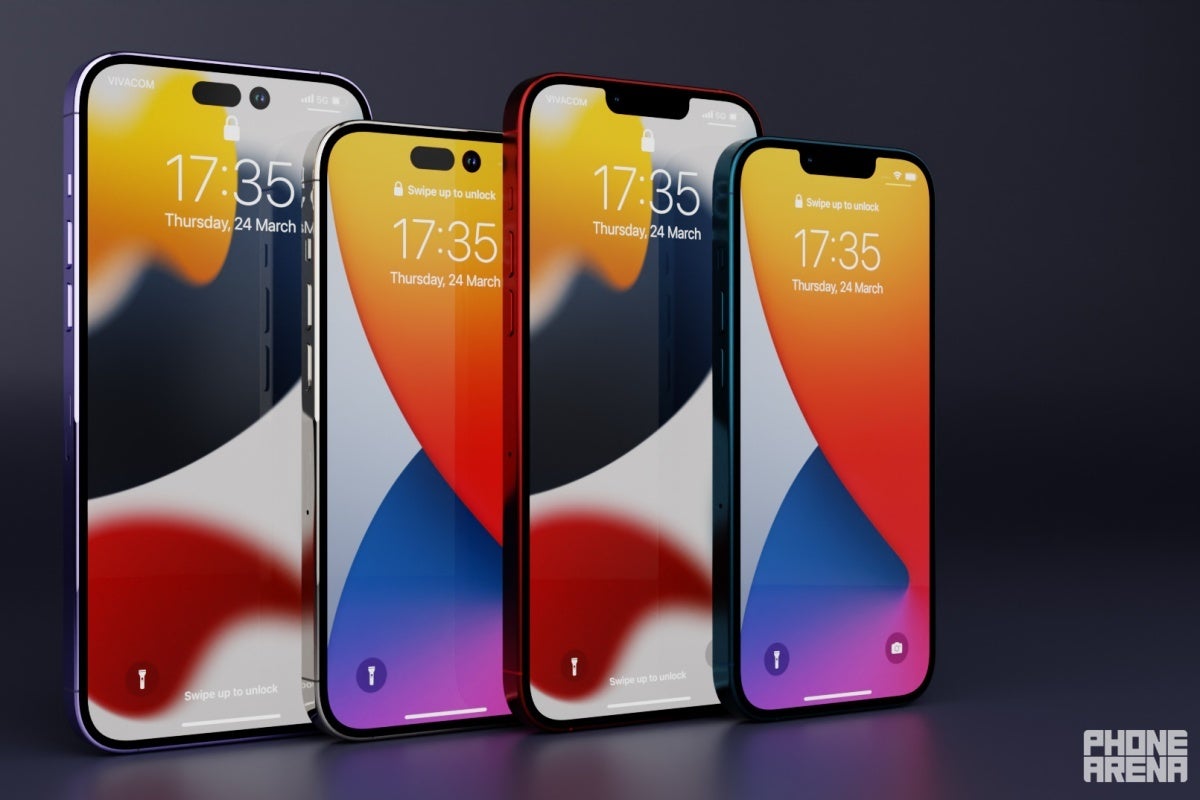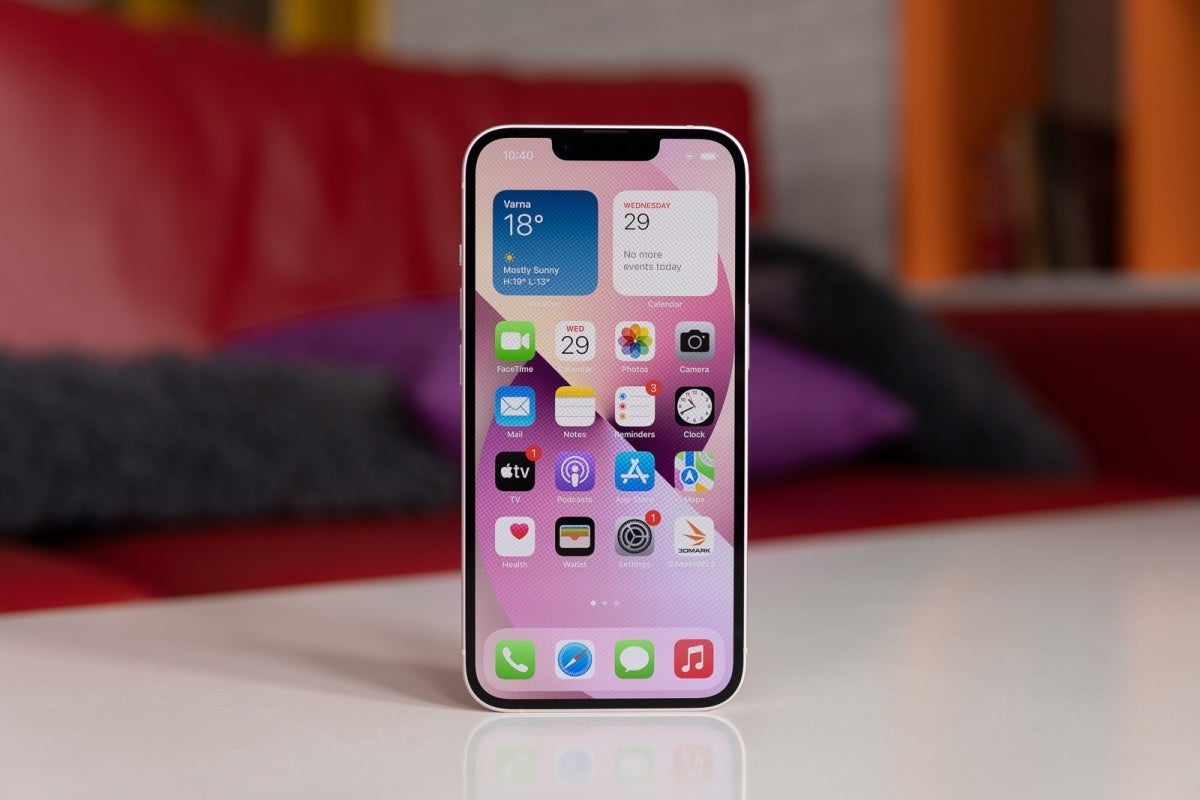While it’s not always easy to anticipate exactly how any given company will be ranked among the world’s top smartphone vendors three, six, or 12 months ahead of time, seasonality is something major consumer electronics brands can rarely avoid or curb in a truly meaningful way.
Depending on their flagship release schedules, Apple and Samsung have good and bad months, as well as better and worse seasons, generally finding themselves in pretty much the same positions when all the numbers are crunched and the quarterly and yearly hierarchies
published by market research firms like Strategy Analytics.
But there are all kinds of factors and variables at play that don’t necessarily eliminate seasonal fluctuations in sales figures, instead boosting or reducing demand for certain products in a sometimes unexpected way. iPhone 13 shipments, for instance, are holding surprisingly steady with the
iPhone 14 series decidedly on the horizon, at least according to new Wave7 Research data seen by a JP Morgan analyst and
relayed to the public by AppleInsider.
Is iPhone 14 interest lower than previously expected?
The iPhone 14 family may or may not prove as successful as the iPhone 13 series.
Looking further back, we can even find an
iPhone 14 family forecast exceeding the box-office scores of its forerunners, but that optimism is definitely not echoed by JP Morgan’s Samik Chatterjee, who believes “fewer than usual people are delaying their iPhone purchase” due to the general expectation for “limited changes/upgrades in terms of features” and a “price hike” for
Apple‘s next high-end handset quartet.
That’s certainly good news for the Cupertino-based tech giant from one standpoint, as iPhone 13 “model sales remain elevated compared to prior iPhone cycles”, potentially causing however a big problem on another front.
Of course, Apple’s fanbase could prove large enough to both turn the
iPhone 14 series into an instant commercial hit next month
and keep iPhone 13 sales rock-solid through the middle of September and possibly beyond. After all, that’s kind of what happened this time last year, when iPhone 12 demand remained steady and then the iPhone 13 lineup got off to a flying start of its own at the global box-office.
The fact of the matter is that no one can really predict the future, so at least for the time being, Apple should simply focus on celebrating the latest success of the iPhone 13 series… and perhaps on finding ways not to
make the iPhone 14 pricier.
Just how popular is the iPhone 13 family?
In short, very. In detail, the “standard” 6.1-inch
iPhone 13 held a towering 22 percent share of
all smartphone sales registered at US carriers in July, followed by the
13 Pro Max with a large 20 percent slice of the regional pie of its own, the
iPhone 13 Pro at 16 percent, and the 13 mini at an unsurprisingly tiny 3 percent.
The non-Pro iPhone 13 is still the undisputed champion of the US smartphone market.
That’s an incredible 61 percent “off-season” share for the iPhone 13 quartet alone, with the rest of Apple’s portfolio accounting for an additional 5 percent to bring the company’s grand total to 66 percent. In other words, two out of every three smartphones purchased directly from Verizon, AT&T, and T-Mobile last month featured a famous fruit-themed logo, and the iPhone 13 series was primarily responsible for this crushing pre-iPhone 14 launch result.
What’s perhaps even more remarkable is that these numbers came despite Apple’s “seasonally weak” advertising activity, although the same can unsurprisingly be said about Samsung as well on the eve of its joint Galaxy Z Fold 4 and Z Flip 4 introduction.
Finally, it’s also (mildly) interesting to note that the iPhone 13 roster is proving exceptionally successful at AT&T and Verizon and slightly less so at T-Mobile, with the latter carrier (or “Un-carrier”) being a traditionally popular buying destination for Android enthusiasts.





